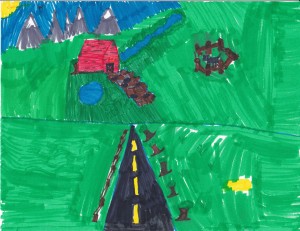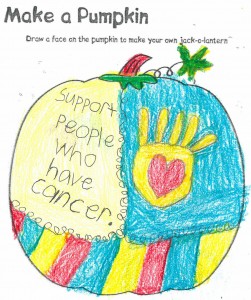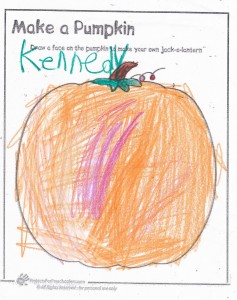According to the American Academy of Pediatrics (AAP), 44 million homes in the U.S. have at least one gun. In this season when your youngster may be visiting in homes of friends and relatives, or even spying for hidden stashes of gifts, it’s a good time to review gun safety.
- If you own a gun, it needs to be unobtainable for a young person, not just out of sight. Children, even the very young, have an incredible knack for finding hidden things. A three-year-old, for example, found a gun hidden between his parents’ mattress and box springs. Guns should be unloaded and locked away in a cabinet for that purpose (preferably one that doesn’t have a glass or other see-through door). Ammunition should be kept in a separate, also locked, location.
- Talk. Tell your children about the dangers of guns. Be clear about rules and firm about what privileges will be taken away if they break those rules.
- Ask. If your child or teen is going to someone else’s home, ask whether or not that home has guns and, if so, how they are stored.
- Don’t assume. Children are inquisitive; teens want to fit in. If they see a gun, no matter how well they know your rules, they are likely to want to touch it and play with it.
- Also, don’t assume that your child would never choose to be violent toward herself or that he would never choose to harm others. Young people, no matter how good the parenting and how delightful the child, often make bad judgments, especially in the heat of a moment. In addition, mental illnesses such as depression can surface at nearly any age.
- Some more statistics from the AAP: A gun kept in the home triples the risk of homicide. The risk of suicide is 5 times more likely if a gun is kept in the home.
For more information from the AAP, check out this link or this video.
Remember, safety is a huge part of staying healthy.
© 2013, MBS Writing Services, all rights reserved










